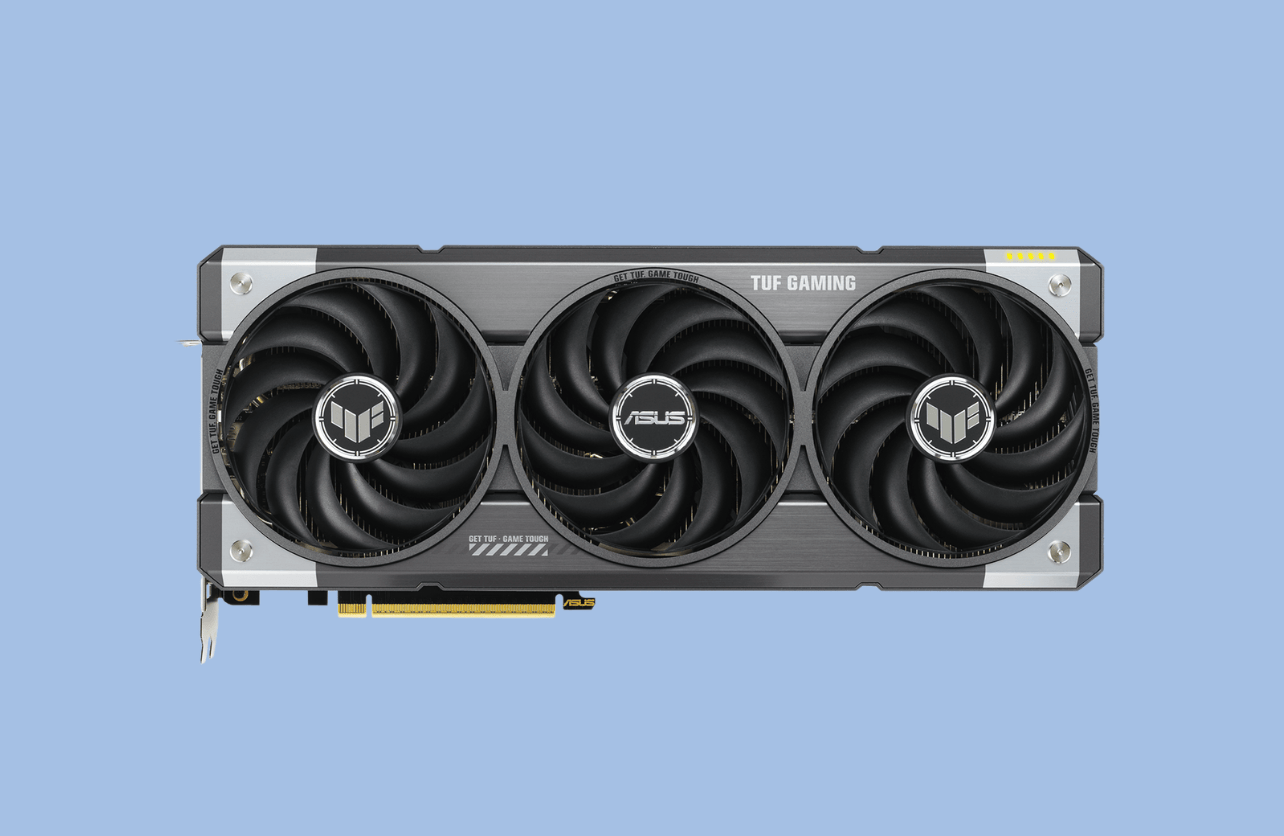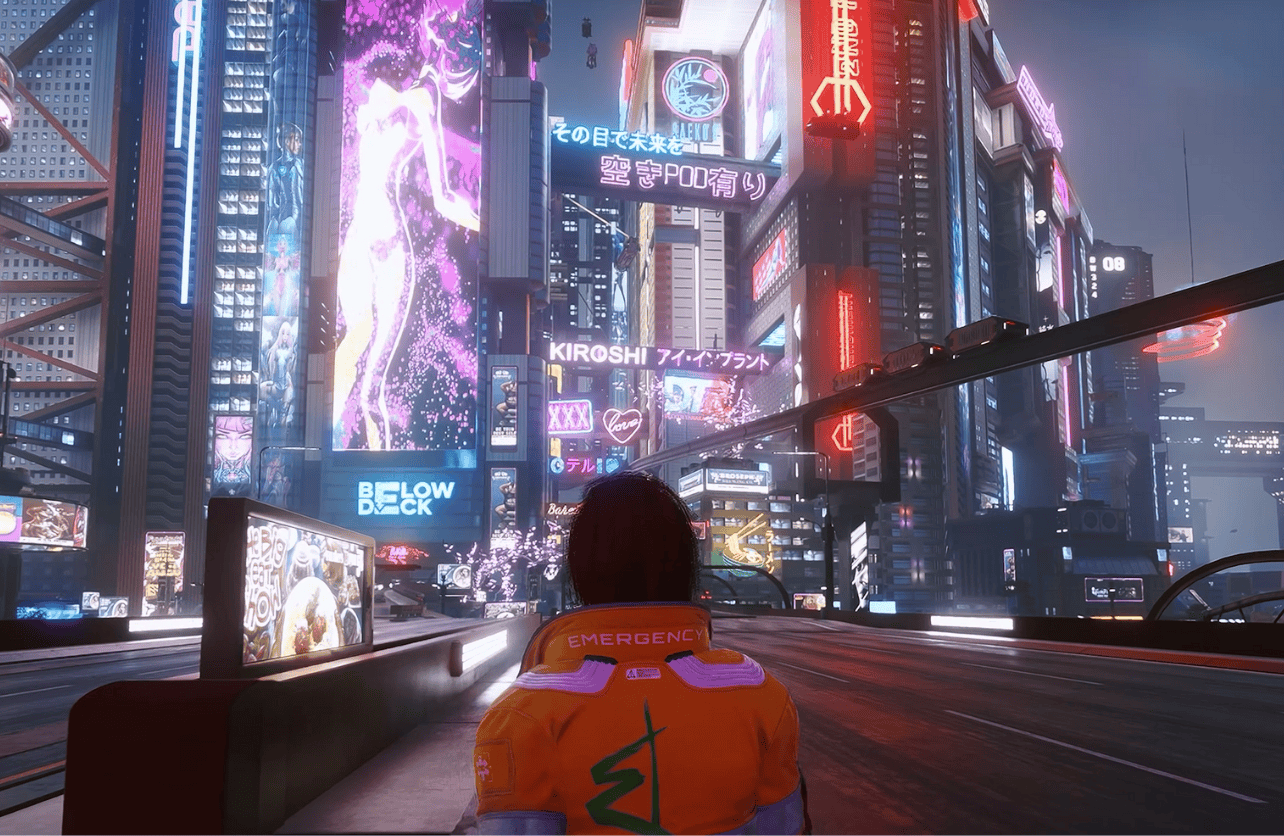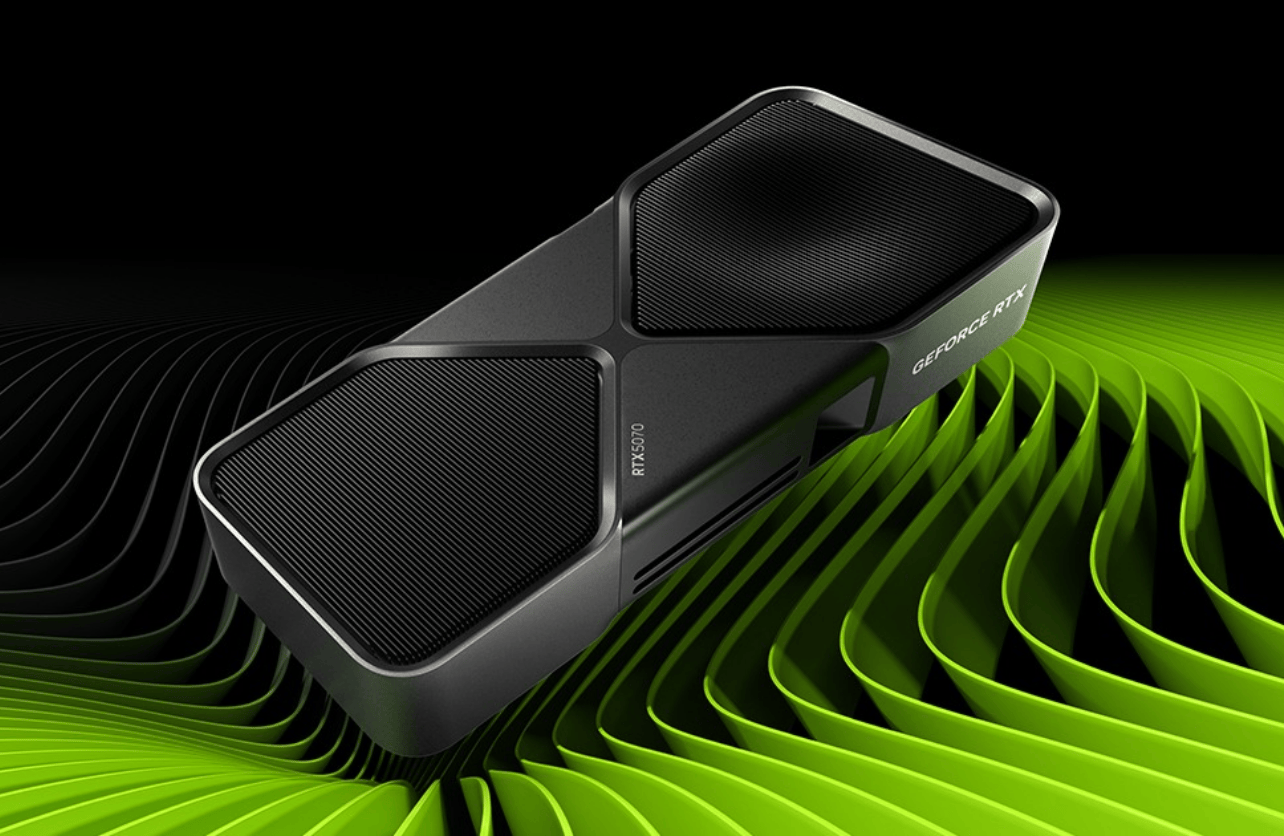AMD 9070 XT vs. Nvidia 5070 Ti: Is This the Best Value GPU of the Year?

AMD has officially entered the next-gen GPU race with the release of the 9070 and 9070 XT, two new graphics cards designed to compete directly with Nvidia’s 5070 and 5070 Ti. Boasting RDNA 4 architecture, 16GB of GDDR6 memory, and aggressive pricing, AMD is positioning itself as the go-to option for gamers who prioritize rasterization performance over premium features like ray tracing and AI upscaling.
But does the 9070 XT live up to the hype? And more importantly, is it a better deal than Nvidia’s 5070 Ti, which is priced $150 higher? Let’s break it down.
Performance Breakdown: 9070 XT vs. 5070 Ti
Raw Gaming Performance (1440p & 4K)
- At 1440p with high to max settings, the AMD 9070 XT matches or beats the Nvidia 5070 Ti in most games.
- On average, the 9070 XT is around 15% faster than the Nvidia 5070, making the $50 price jump from the standard 9070 well worth it.
- In Red Dead Redemption 2, the 9070 XT shows a 52% performance uplift over the Nvidia 5070, a significant gap that highlights AMD’s strength in raw rasterization.
- Even at 4K, the 9070 XT holds its own, delivering performance comparable to AMD’s previous flagship, the 7900 XTX, and Nvidia’s RTX 4080—both of which were significantly more expensive last generation.
The Standard 9070: A Decent Performer, But Not the Best Value
- While the non-XT 9070 model is still a solid performer, it falls 12% behind the XT version.
- Given that the XT model costs just 9% more, it makes far more sense to spend the extra $50 for a significant performance boost.
- Verdict: The 9070 XT is the real star here, while the standard 9070 is harder to recommend unless budget constraints are tight.
Ray Tracing & Upscaling: Nvidia’s Edge

While AMD dominates in traditional rasterization, Nvidia still holds the advantage when it comes to ray tracing and AI upscaling:
- Ray Tracing Performance:
- The 9070 XT performs well in moderate RT workloads, but as soon as RT Overdrive (such as in Cyberpunk 2077) is enabled, the performance gap widens in favor of the 5070 Ti.
- Possible reasons: Either AMD’s drivers need more optimization or the game is better optimized for Nvidia’s architecture.
- FSR vs. DLSS:
- Nvidia’s DLSS 3 and Frame Generation still provide a sharper and smoother experience than AMD’s FSR 3.
- In some games, like Cyberpunk 2077 and Black Myth: Wukong, FSR 3 appears oversharpened and prone to ghosting, while DLSS delivers cleaner image quality.
- AMD is rolling out FSR 4, which is currently limited to a few games. While it does look better than FSR 3, it still lags behind Nvidia’s AI-driven DLSS technology.
Verdict: If you’re gaming at native resolutions without upscaling, AMD wins on price and raw performance. But if you rely on DLSS and ray tracing, Nvidia remains the better choice.
VRAM and Future-Proofing

- The 9070 and 9070 XT both feature 16GB of GDDR6 memory, compared to 12GB on the Nvidia 5070 and 16 5070 Ti.
- This isn’t a huge issue at 1440p, but at 4K, the 5070 will run into VRAM limitations sooner.
- Given that modern games are increasingly demanding on VRAM, the 9070 XT offers better long-term value.
Power Efficiency: Nvidia’s Blackwell vs. AMD’s RDNA 4
While the 9070 XT delivers fantastic performance, Nvidia’s Blackwell architecture remains more power-efficient:
- The 9070 XT pulls around 300W under load, compared to Nvidia’s lower power draw for similar performance.
- While not a dealbreaker, this does mean the 9070 XT runs slightly hotter and requires a larger heatsink.
- Idle power consumption is roughly equal between both brands.
3D Workloads & Software Compatibility
If you use your GPU for more than just gaming, Nvidia is the safer bet:
- Blender rendering currently does not work properly on the 9070 and 9070 XT.
- 3D rendering, video editing, and AI workloads remain heavily optimized for Nvidia cards.
- Even when AMD cards do support professional software, Nvidia’s CUDA acceleration and driver optimizations give it a consistent advantage in these areas.
Verdict: If your PC is primarily for gaming, AMD’s 9070 XT is the best price-to-performance option. But if you work in 3D rendering, video editing, or AI-based applications, Nvidia is the safer choice.
Final Verdict: Is the 9070 XT the Best GPU for the Money?
- The 9070 XT is the best value GPU for 2024, delivering performance on par with last-gen flagship GPUs like the 7900 XTX and RTX 4080, but at a fraction of the price.
- If you prioritize pure gaming performance, especially in rasterized titles, the 9070 XT is unbeatable for $600.
- If you need strong ray tracing, AI upscaling, or use professional software, Nvidia’s 5070 Ti might be worth the extra $150 (if you can find it at that price).
- The standard 9070 is not worth it—spend the extra $50 for the XT.
Bottom Line: If your main priority is affordable high-performance gaming, the AMD 9070 XT is the best option available today. Nvidia still holds the crown in ray tracing, AI upscaling, and power efficiency, but AMD’s aggressive pricing strategy forces Nvidia to justify its high prices with more than just small performance gains.
Your Trust, Our Core Commitment
At Rising Tech, earning and maintaining your trust is the cornerstone of our mission. We're dedicated to transparency, impartiality, and the relentless pursuit of truth in every article, review, and recommendation we publish. Our commitment to these principles ensures that you, our valued reader, are always equipped with reliable and unbiased information. Let us be your trusted guide in the ever-evolving world of technology.